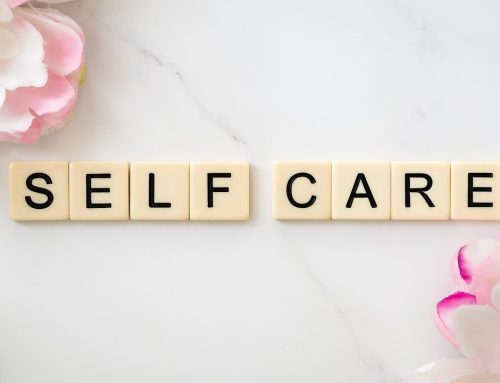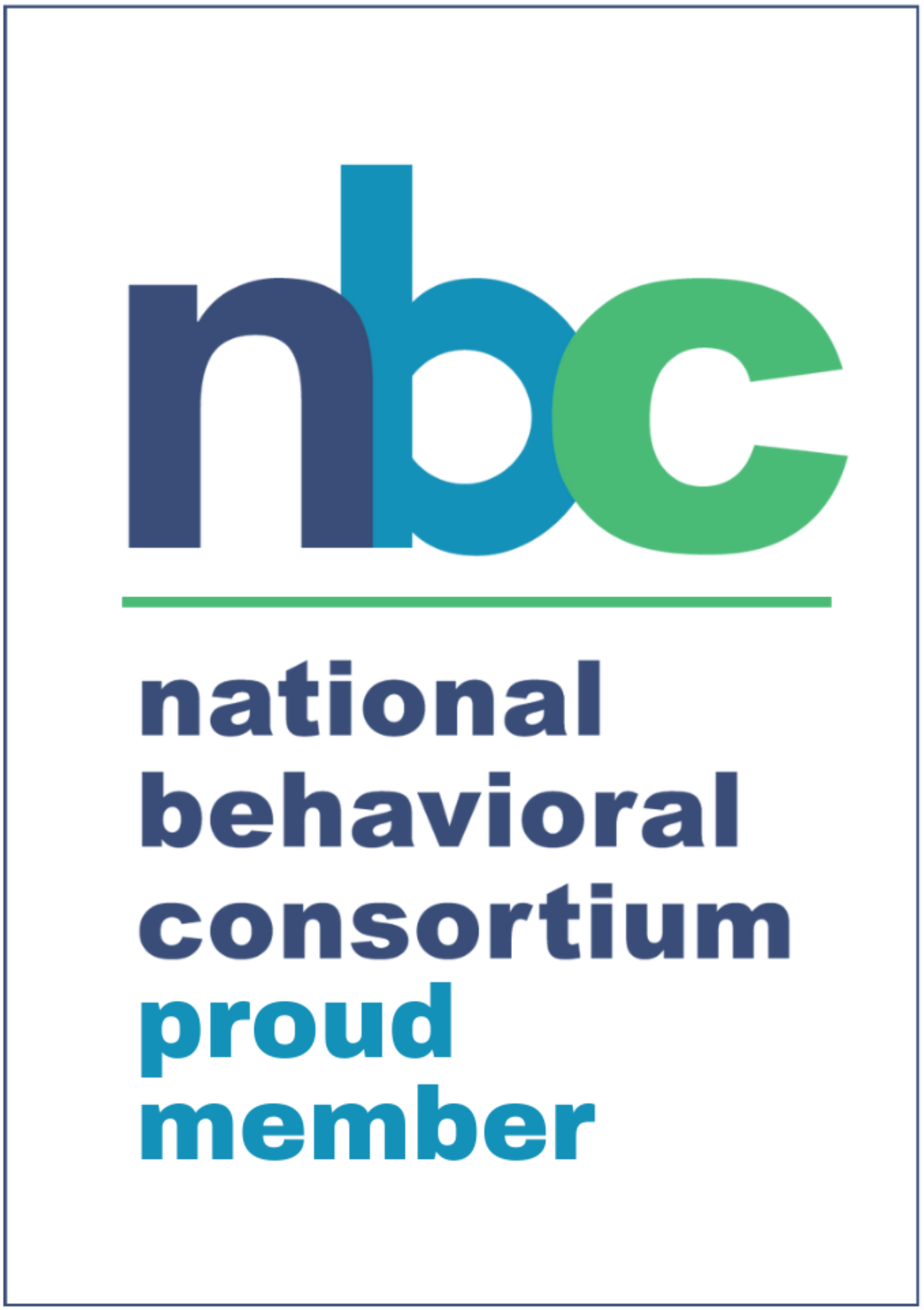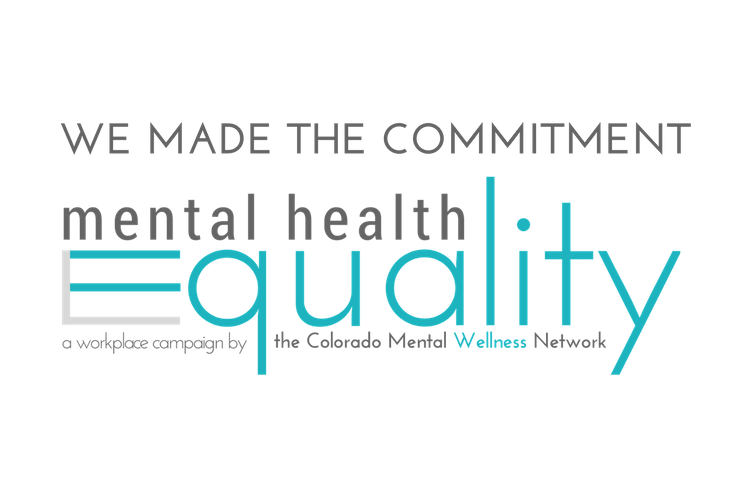 National Walking Day/American Heart Association
National Walking Day/American Heart Association
Originally founded as the “Association for the Prevention and Relief of Heart Disease” in 1924, the American Heart Association (AHA) is the United States’ largest volunteer organization battling heart disease today. Today, the AHA sets the standard for many of the basic life saving and disease preventing standards like Basic Life Support certification and the training and proper application of cardiopulmonary resuscitation (CPR). The AHA also operates an affiliated organization, the American Stroke Association. In 2006, the American Heart Association put together the very first National Walking Day to spread awareness of heart disease and the importance of daily activity to our health. Currently, the 1st Wednesday of every April continues to be “National Walking Day” and should be a day that we all take into consideration as we look at our daily activity and heart health. It is a day that should act as a reminder that if we want our hearts to stay healthy and our bodies to stay mobile we must get out and move. This April 5th get out and walk and let it be a day that either supports the already healthy habits that you incorporate into your life or let it be the first day of building good habits into your routine while getting away from some of the bad ones.
Building good habits while eliminating bad ones
One thing that we can’t escape is that humans are creatures of routine and habit. We like our daily groove when it works and we hate the daily grind when it works against us. While it can be very difficult to remove the groove and grind from our lives, one thing we can do is slowly change or modify pieces of it to support our goals one chunk at a time. Much of our routine is based on habit, of which there are good and bad habits. The trick to encourage, support, and reward the habits that make a positive impact on us to reinforce and continue that behavior. On the flip side, ignoring, discouraging, and being mindful of the bad habits will help to remove the self-destructive behavioral from our lives. This is easier when you have a good or healthy activity ready to take the place of an old bad one. An example of this may be to take a walk when you would normally sit and play a mobile game during your break at work. Or maybe have a healthy snack in place of your trip to the vending machine. The two don’t need to be related either. For instance, if your goal is to reduce the amount of time you spend online (bad habit) you can use pretty much any positive use of time (good habit) to utilize your time that you would have otherwise been wasting.
Taking walks and being active physically is very much a habit. It’s one of those things that may be hard to start doing but after it becomes part of your routine you will begin to look forward to, enjoy, and miss when your schedule prevents you from being able to partake.
Benefits/Risks
Walking at least 30 minutes a day can help you:
- Reduce your risk of heart disease, stroke, and type 2 diabetes.
- Improve your blood pressure, blood sugar, and blood cholesterol levels.
- Prevent weight gain and lower the risk of obesity.
- Improve your mental well-being.
- Increase your energy and stamina.
- Improved circulation.
- Reduce your risk of osteoporosis, breast cancer, and colon cancer.
Risks of being inactive:
- Increased risk of heart disease.
- Increased risk of high blood pressure.
- Increased risk of obesity.
- Increased risk of blood clots in older people and those with clotting issues.
We could go on and on with the benefits and risks here but I think you get the idea. Basically, everything that being active helps you with, being inactive increases the risk of. This is pretty straightforward so I will spare you any more lists. What we all need to understand is that our bodies are designed to move, to be used, and if we don’t use it, we will lose it. Of course, activity isn’t all there is to it as we need to fuel our activity with the right fuel to keep us going as well. There is no real secret to eating heart and body healthy foods. You can research for hours trying to find diet secrets and magic foods but the truth is health foods have always been right in front of us and we have always known that they were good for us. We’re talking about vegetables here, and fruits (watch the glucose), and whole grains and complex carbs. The American Heart Association suggests the following guidelines:
“You may be eating plenty of food, but your body may not be getting the nutrients it needs to be healthy. Nutrient-rich foods have minerals, protein, whole grains and other nutrients but are lower in calories. They may help you control your weight, cholesterol and blood pressure.
Eat an overall healthy dietary pattern that emphasizes:
- a variety of fruits and vegetables,
- whole grains,
- low-fat dairy products,
- skinless poultry and fish
- nuts and legumes
- non-tropical vegetable oils
Limit saturated fat, trans fat, sodium, red meat, sweets and sugar-sweetened beverages. If you choose to eat red meat, compare labels and select the leanest cuts available.
Getting Started/Resources
Listed below are just a few resources to get you started with some basic information on heart health, finding a trail or walking path, and ways to support your walking community.
- American Heart Association Walking Resources: http://bit.ly/2nocn9h
- Find a Walking Trail with MapMyWalk.com: mapmywalk.com/us/
- Find more trails and support local trail development with Trail Link: traillink.com
At this point, we’ve covered what National Walking Day stands for and why it’s an important symbol of health and wellbeing. We’ve also gone over some diet and exercise basics, and what you need to know to get started on a basic walking or workout routine. Armed with this information we hope that you can now start new, healthy habits that support your own heart health and spread awareness to others to help your social network and community become better educated on the importance of heart health in the spirit of National Walking Day. Now get out there, have fun, and be well!
To your wellbeing,
Nic Mckane
The MINES Team
Sources
American Heart Association Recommendations for Physical Activity in Adults. (n.d.). Retrieved March 24, 2017, from http://www.heart.org/HEARTORG/HealthyLiving/PhysicalActivity/FitnessBasics/American-Heart-Association-Recommendations-for-Physical-Activity-in-Adults_UCM_307976_Article.jsp#.WMbndjsrJpg
Move More in April. (n.d.). Retrieved March 24, 2017, from http://www.heart.org/HEARTORG/HealthyLiving/PhysicalActivity/Walking/Move-More-in-April_UCM_448665_Article.jsp#.WMblOjsrJpg
The American Heart Association’s Diet and Lifestyle Recommendations. (n.d.). Retrieved March 24, 2017, from http://www.heart.org/HEARTORG/HealthyLiving/HealthyEating/Nutrition/The-American-Heart-Associations-Diet-and-Lifestyle-Recommendations_UCM_305855_Article.jsp

 National Walking Day/American Heart Association
National Walking Day/American Heart Association









Leave A Comment